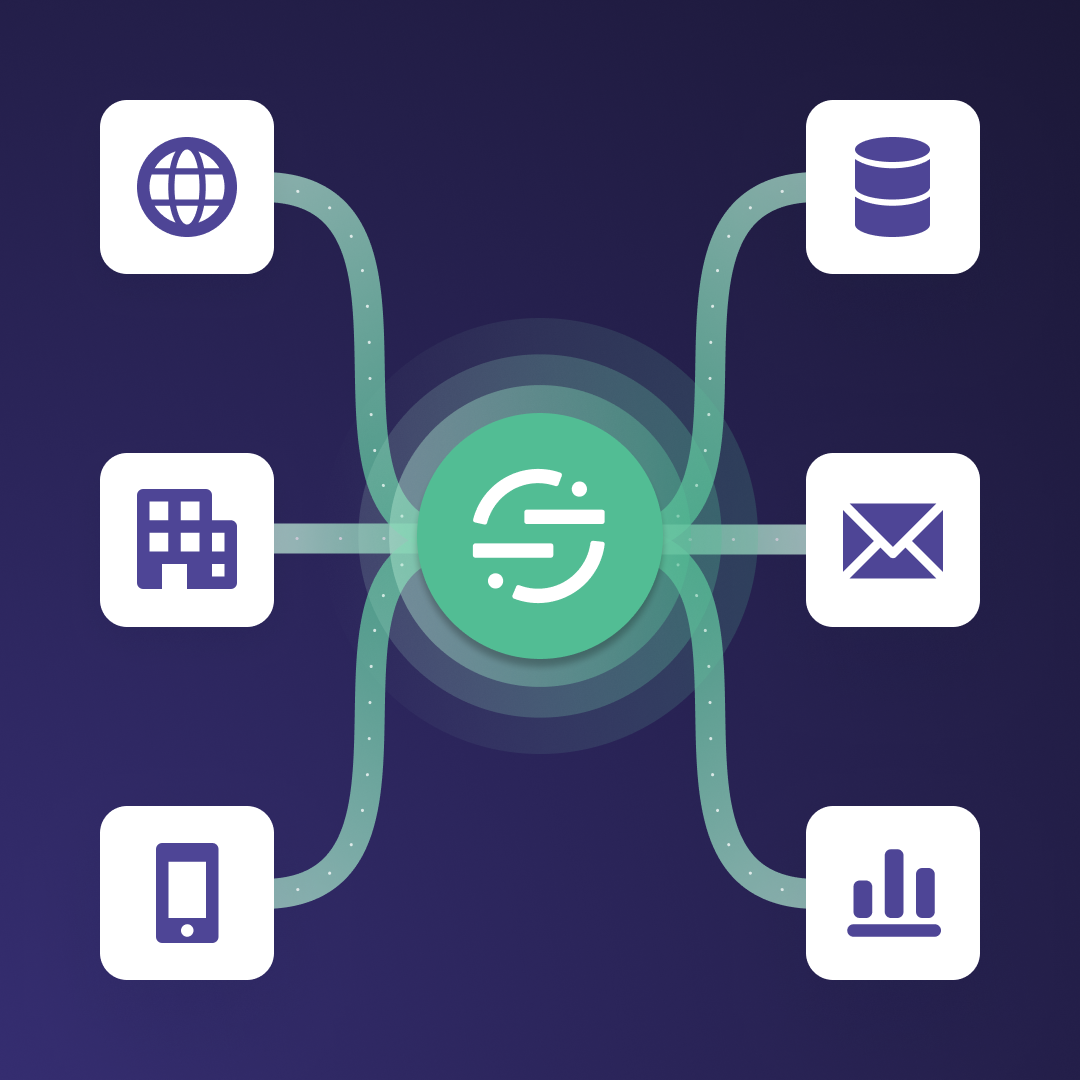Personalize the Patient Experience with Twilio Segment
Sharing the idea from our build-a-thon to incorporate ChatGPT with Twilio Segment to improve personalized user engagement.
Mar 21, 2024
By Debbie Wang, Oliver Han, Rishabh Nair, Steve Barrantes
In today’s digital age, every click and interaction holds the potential to deepen customer relationships. This causes businesses a significant challenge: delivering personalized experiences in real-time, at scale.
The crux of the issue lies in the generic user experiences and ineffective targeting that stem from manual data processing, which is a time-consuming task that hampers the real-time adaptation of digital experiences and leads to missed opportunities for engagement and conversion. The quest for a unified solution that can seamlessly integrate, analyze, and leverage user data has never been more critical.
For the internal Twilio Segment build-a-thon, we set out to find a solution designed to bridge the gap between data collection and personalized user engagement.
So, we created Customer GPT.
By harnessing the power of OpenAI's ChatGPT in conjunction with Twilio Segment, CustomerGPT offers an innovative workflow that redefines how businesses understand and interact with their users.
Our solution: CustomerGPT and Twilio Segment
CustomerGPT addresses the challenge of slow data collection head-on by automating the integration and analysis of data from various sources with Twilio Segment Connections.
By funneling this data into Twilio Segment, businesses can unlock AI capabilities that enable a deeper understanding of user behavior and preferences. This integration allows for the creation of dynamic, personalized experiences that resonate with each user.
A streamlined, thoughtful healthcare experience
A real-world use case that inspired us to build CustomerGPT is in healthcare. In the US, medical systems do not talk to one another. Patients fill out generic forms by hand for each specialist, every time they visit a new doctor, or move to a new city. And they must re-submit this information annually! This is frustrating, and means the doctor and staff must manually read every detail before providing a solution. A nurse must also input this information into an EHR system to keep a record of the customer.
Keep in mind that this entire time, there is a stressed out patient waiting in a lobby who just wants to feel better.
The ideal solution using CustomerGPT is as follows:
A customer fills out and submits an electronic medical form directly into the EHR system, which eliminates the manual time and labor writing it twice- once by hand, and later input to the system by a nurse. Then the doctor receives this patient information immediately, and uses CustomerGPT to generate a patient summary with medical recommendations.
With the power of Twilio Segment and AI, the doctor can generate an AI summary of the patient, and provide context about the patient’s visit and medical treatment recommendations.
With that, the doctor can see the patient in a much more timely manner, so the patient can get to feeling better faster than ever!
How it works:
The following is what we built and presented for the build-a-thon:
1. Data Integration: CustomerGPT collects data from multiple sources, including website interactions, mobile interactions, and customer feedback. This data is then seamlessly integrated into Twilio Segment.
2. AI-Powered Analysis: Leveraging the capabilities of OpenAI's ChatGPT and Twilio Segment Unify, the solution analyzes the integrated data to identify patterns, preferences, and potential areas for personalization. ChatGPT's advanced natural language processing (NLP) capabilities enable the extraction of meaningful insights from structured data, such as customer reviews and open-ended survey responses.
3. Personalization at Scale: With these insights, Twilio Segment activates personalized experiences across all customer touchpoints. Whether it's customizing website content, tailoring email or SMS campaigns, or optimizing product recommendations, businesses can now engage users in a more meaningful and effective way.
4. Real-Time Adaptation: The continuous flow of data into Twilio Segment ensures that personalization strategies can adapt in real-time to changing user behavior and preferences. This dynamic approach keeps businesses one step ahead, ensuring that user experiences remain relevant and engaging.
Conclusion:
By integrating ChatGPT with Twilio Segment, businesses can transcend the limitations of manual data processing and generic targeting. This powerful combination not only enhances the user experience but also drives higher engagement, conversion rates, and customer loyalty.
Test drive Segment CDP today
It’s free to connect your data sources and destinations to the Segment CDP. Use one API to collect analytics data across any platform.
Get started
Test drive Segment CDP today
It’s free to connect your data sources and destinations to the Segment CDP. Use one API to collect analytics data across any platform.
Get started
Share article
Recommended articles
How to accelerate time-to-value with a personalized customer onboarding campaign
To help businesses reach time-to-value faster, this blog explores how tools like Twilio Segment can be used to customize onboarding to activate users immediately, optimize engagement with real-time audiences, and utilize NPS for deeper customer insights.
Introducing Segment Community: A central hub to connect, learn, share and innovate
Dive into Segment's vibrant customer community, where you can connect with peers, gain exclusive insights, and elevate your success with expert guidance and resources!
Using ClickHouse to count unique users at scale
By implementing semantic sharding and optimizing filtering and grouping with ClickHouse, we transformed query times from minutes to seconds, ensuring efficient handling of high-volume journeys in production while paving the way for future enhancements.